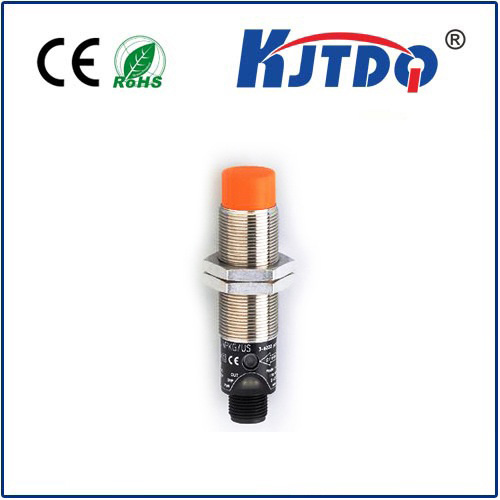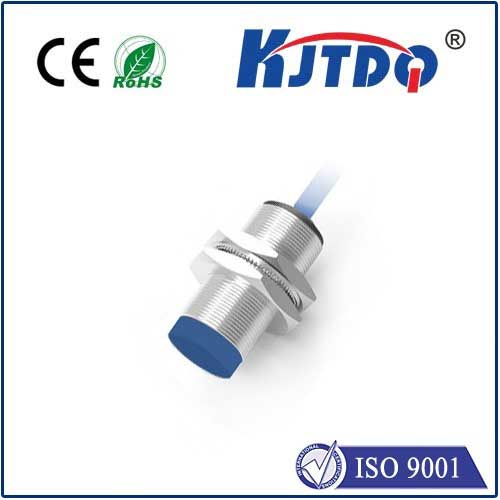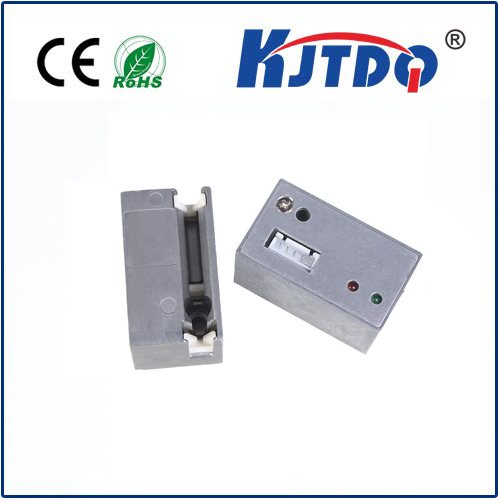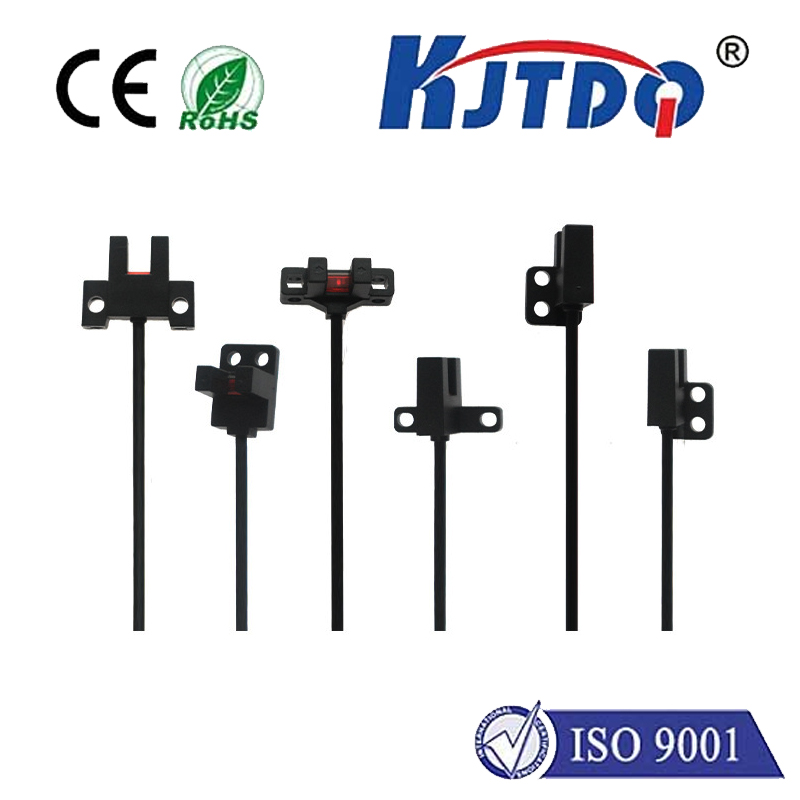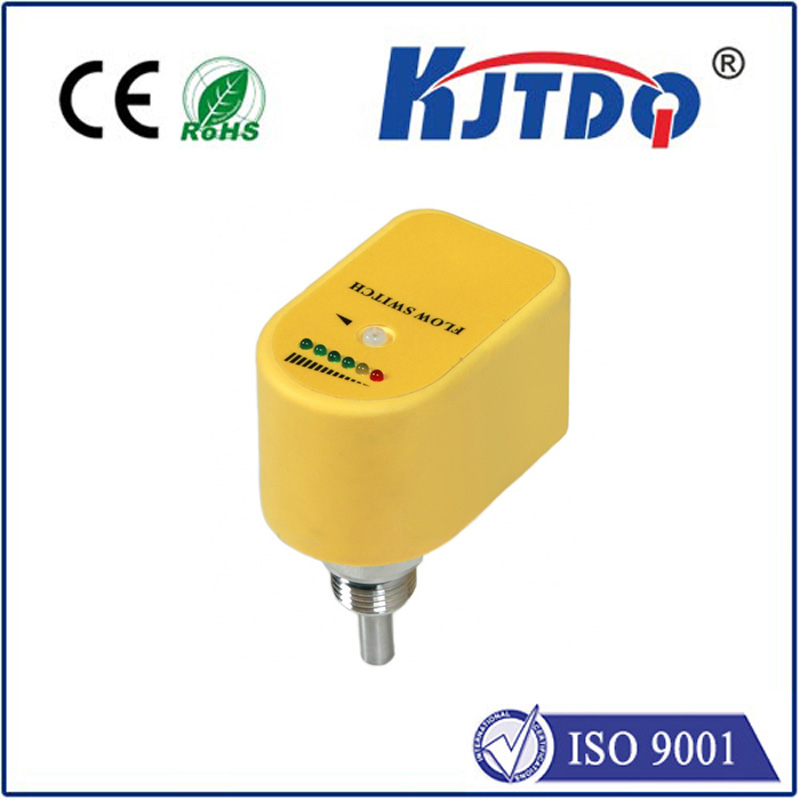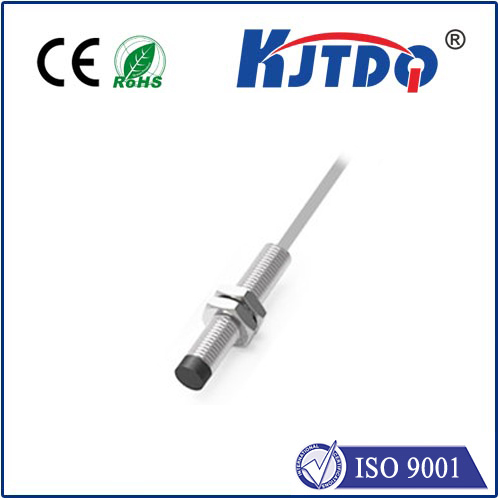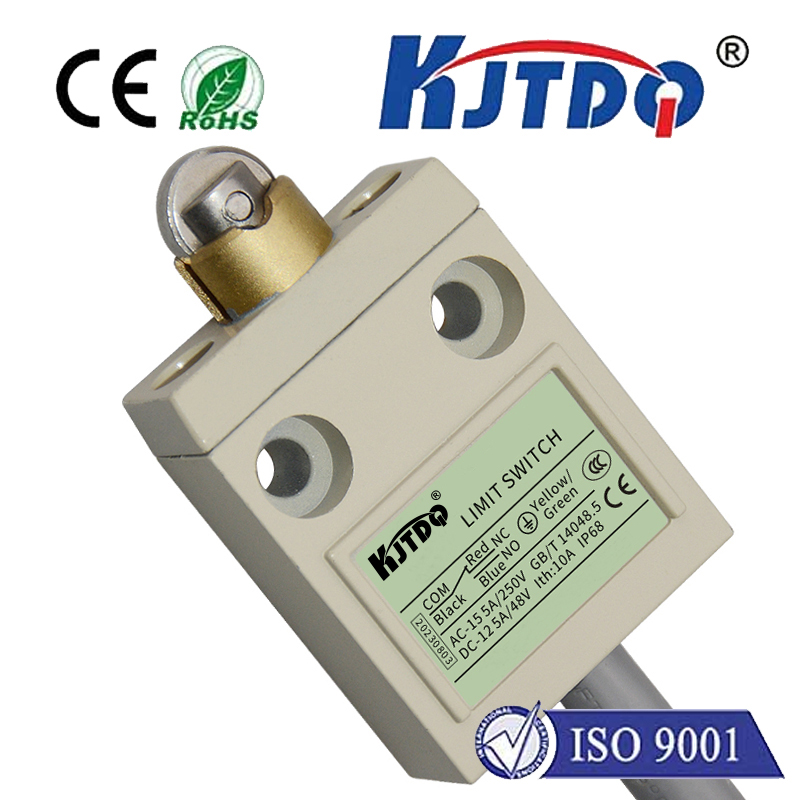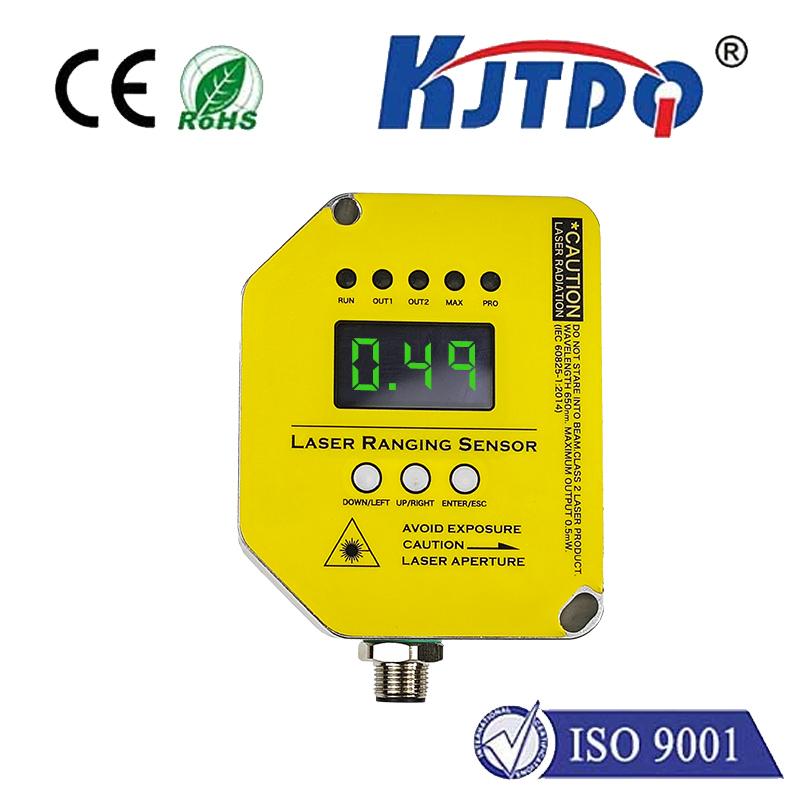
check

check

check

check
Proximity Limit Switch: Enhancing Industrial Automation
In the realm of industrial automation, sensors play a crucial role in monitoring and controlling machinery. One such essential component is the proximity limit switch, a device that detects the presence or absence of an object without making physical contact with it. This article delves into the significance of proximity limit switches, their functions, and how they contribute to enhancing industrial automation processes.

Firstly, let's understand what a proximity limit switch is. As the name suggests, it is a switch that operates based on the principle of detecting an object within its vicinity. Unlike conventional limit switches that require direct contact, these devices utilize electromagnetic fields, radio waves, or ultrasonic signals to sense objects. This non-contact approach offers numerous benefits, including reduced wear and tear, increased reliability, and extended lifespan.
The primary function of a proximity limit switch is to provide accurate positioning information to control systems. By detecting the presence or absence of an object, these switches can trigger actions such as stopping or starting machinery, counting items on a conveyor belt, or monitoring fluid levels in tanks. They are widely used in various industries, including manufacturing, automotive, pharmaceuticals, and food processing.
One significant advantage of using proximity limit switches is their ability to improve safety in industrial environments. Since there is no physical contact between the switch and the object being detected, there is less chance of damage due to impact or collision. Additionally, proximity switches can operate in harsh environments where other types of sensors may fail due to factors like extreme temperatures, dust, or moisture.
Another benefit of proximity limit switches is their flexibility in terms of installation and configuration. They can be easily mounted on machines or integrated into production lines without requiring extensive modifications. Moreover, they offer precise control over machine movements and processes, leading to increased efficiency and productivity.
In conclusion, proximity limit switches are essential components in industrial automation systems. Their non-contact nature, durability, and flexibility make them ideal for use in diverse applications across various industries. By providing accurate positioning information and enhancing safety measures, proximity limit switches continue to play a vital role in advancing the field of industrial automation.
